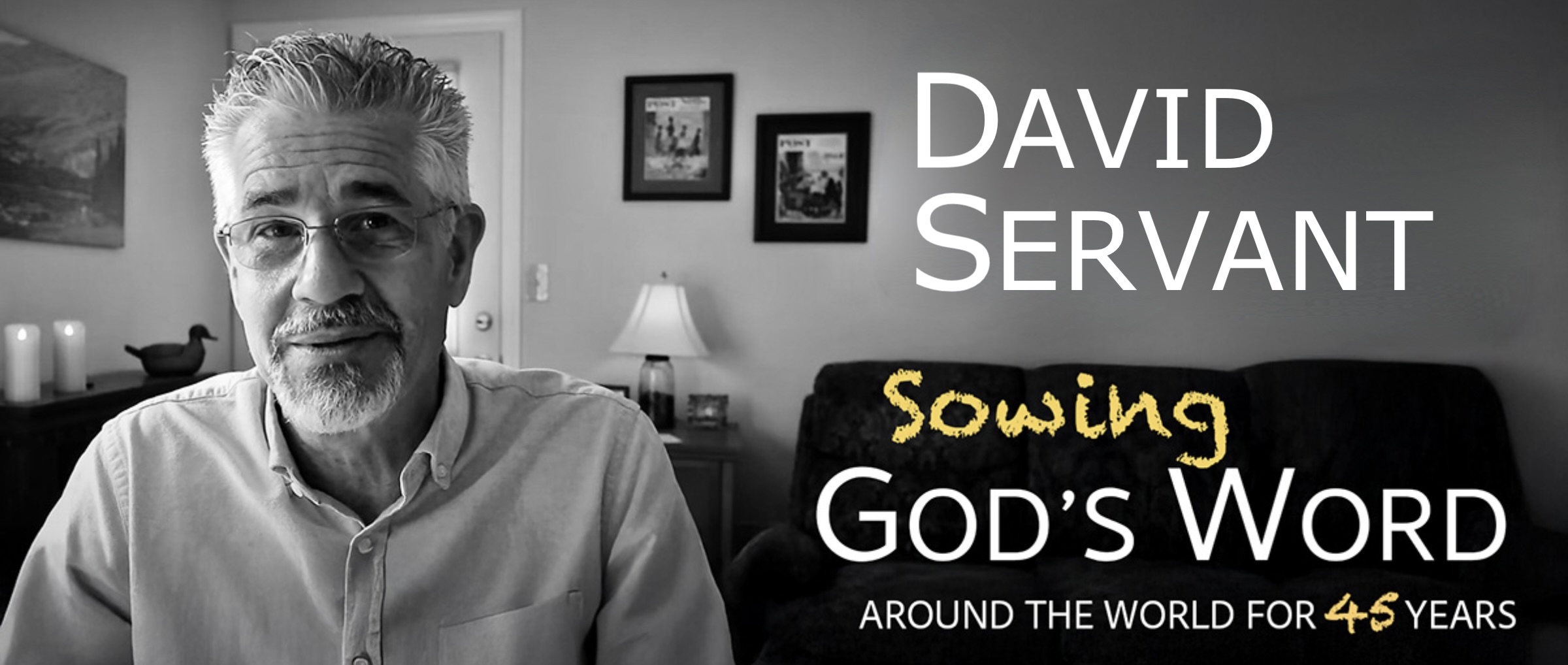Nowhere in the book of Revelation do we read of the Rapture of the church, and neither to we read of any other appearing of Christ besides the one mentioned in Revelation 19, when He comes to slay that antichrist and his armies at the battle of Armageddon. The Rapture is not written as occurring even then. The resurrection of Tribulation martyrs, however, is mentioned as occurring in that same time period (see 20:4). Because Paul wrote that the dead in Christ will rise at Christ’s return, which is the same time the church will also be raptured, this, along with other scriptures we’ve already considered, leads us to believe that the Rapture will not occur until the end of the seven-year Tribulation, depicted in Revelation 19 and 20.
But there are other views.
Some find the Rapture in Revelation 6 and 7. In Revelation 6:12-13, we read of the sun becoming “black as sackcloth” and of stars falling from the sky, two signs that Jesus said would immediately precede His appearing and His gathering of the elect (see Matt. 24:29-31). Then, a little later in chapter 7, we read of a great multitude in heaven from every nation, tribe and tongue who have “come out of the great tribulation” (7:14). They are not mentioned as being martyrs as is another group just one chapter earlier (see 6:9-11), leading us to speculate that they are raptured rather than martyred—believers who are rescued out of the great tribulation.
It is certainly right to assume that the Rapture will occur sometime soon after the cosmic events depicted in Revelation 6:12-13, simply because of what Jesus similarly said in Matthew 24:29-31. We are given no conclusive indication, however, as to when the cosmic events of Revelation 6:12-13 will actually occur during the seven years of the Tribulation. If the events described in Revelation 6:1-13 are sequential, and if the Rapture occurs right after 6:13, it would lead us to believe that the Rapture will not occur until after the revelation of the antichrist (see 6:1-2), worldwide war (see 6:3-4), famine (see 6:5-6), death of one-fourth of the earth by means of war, famine, pestilence and wild beasts (see Rev. 6:7-8), and many martyrs are made (see Rev. 6:9-11). Certainly all of those events described could occur before the end of the seven-year Tribulation, but they could also describe the entire seven-year period, placing the Rapture at the very end.
Adding some weight to the idea of the Rapture occurring before the end of the seven years is the fact that Revelation describes two sets of seven judgments after Revelation 8: the “trumpet judgments” and the “bowl judgments.” The latter of these two are said to finish God’s wrath (see 15:1). Just before the bowl judgments begin, however, John sees “those who had come off victorious from the beast and from his image and from the number of his name, standing on the sea of glass” (15:2). These victorious saints could have been raptured. On the other hand, they could have been martyred. Scripture doesn’t tell us which. Moreover, we don’t know if 15:2 bears any chronological relationship to the scenes described near it.
Another fact found in Revelation that may add weight to the idea of the Rapture occurring before the end of the seven years is this: At the occasion of the fifth “trumpet judgment” recorded in Revelation 9:1-12, we are told that the stinging locusts will be permitted to hurt only those who “do not have the seal of God on their foreheads” (9:4). The only ones of whom we are told will have that seal are 144,000 descendants of Israel (see Rev. 7:3-8). Thus it seems that all other believers will have to be raptured before that fifth trumpet judgment; otherwise they would not be exempt from the power of the stinging locusts. Additionally, because the locusts will hurt people for five months (9:5, 10), it is thought that the Rapture must occur at least five months before the end of the seven-year Tribulation.
There are, of course, ways around this logic. Perhaps there are others who are sealed who are simply not mentioned in Revelation’s condensed synopsis. In any case, if this does prove that the Rapture occurs prior to the fifth trumpet judgment, it also indicates that there will be one group of believers who will not be raptured before the release of the stinging locusts—the 144,000 specially-marked descendants of Israel. Yet they will thankfully be protected from being harmed by God’s wrath as it is manifested by those stinging locusts.
The conclusion to all of this? I can only conclude that the Rapture occurs either near the end or at the end of the seven-year Tribulation. Believers need not fear suffering God’s wrath, but they should be prepared for severe persecution and possible martyrdom.

